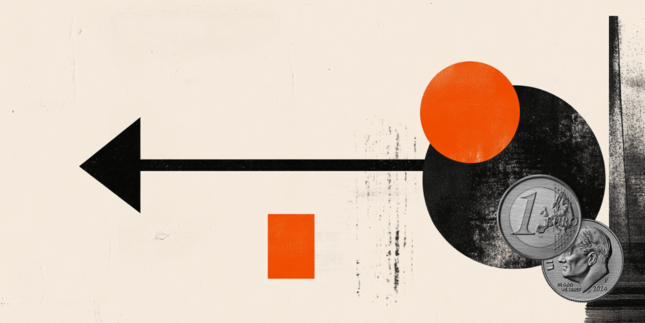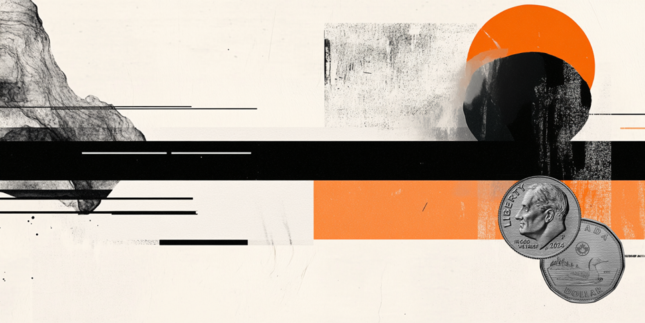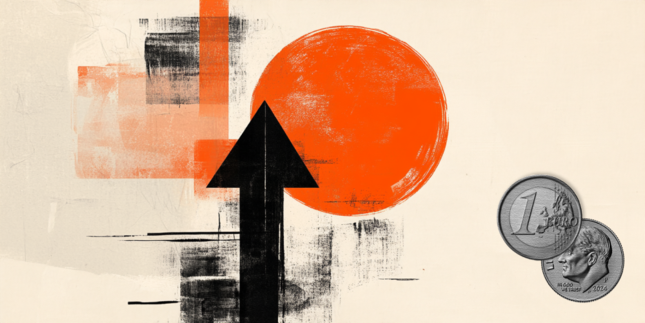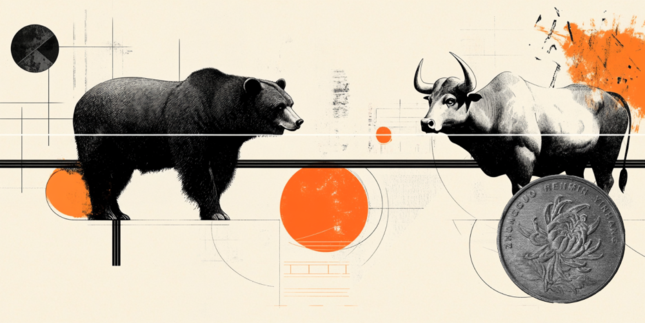USD/CAD ticks higher amid bearish Oil prices, remains below mid-1.3800s ahead of US data
- USD/CAD edges higher amid a combination of supporting factors, though it lacks bullish conviction.
- A slump in Oil prices undermines the Loonie and lends support to the pair amid a modest USD uptick.
- Traders seem reluctant and opt to wait for key US macro releases before placing directional bets.
The USD/CAD pair extends its sideways consolidative price move through the first half of the European session on Wednesday and remains confined in a familiar range held over the past two weeks. Spot prices currently trade around the 1.3835-1.3840 region and seem to draw support from a combination of factors.
Crude Oil prices slump to a nearly three-week low amid worries that an all-out trade war could trigger a global recession and dent fuel demand. Moreover, several members of OPEC+ reportedly will suggest an acceleration of output hikes for a second consecutive month in June. This adds to concerns over mounting supply and exerts additional downward pressure on the black liquid, which, in turn, is seen undermining the commodity-linked Loonie. Apart from this, a modest US Dollar (USD) uptick acts as a tailwind for the USD/CAD pair.
Meanwhile, the USD uptick lacks any obvious fundamental catalyst and could be attributed to some repositioning trade ahead of the key US macro data, amid the month-end flow. However, the prospects for more aggressive policy easing by the Federal Reserve (Fed), bolstered by Tuesday's disappointing US economic releases, might hold back the USD bulls from placing fresh bets. Moreover, US President Donald Trump's erratic trade policies led to a mass pivot away from US assets recently, which should cap the buck and the USD/CAD pair.
The Canadian Dollar (CAD), on the other hand, continues to draw support from the Liberal Party's win Canadian federal election, which strengthens the incumbent Prime Minister Mark Carney’s position in trade negotiations with the US. This further contributes to keeping a lid on any meaningful upside for the USD/CAD pair and warrants caution for bulls. Traders now look forward to key US macro releases – the ADP report on private-sector employment, the Advance Q1 GDP print, and the Personal Consumption and Expenditure (PCE) Price Index.
Wednesday's economic docket also features the release of the monthly Canadian GDP print, which, along with Oil price dynamics, should influence the CAD and provide some impetus to the USD/CAD pair later during the early North American session. Nevertheless, the aforementioned mixed fundamental backdrop warrants some caution before placing aggressive directional bets around the currency pair.
Economic Indicator
Gross Domestic Product Annualized
The real Gross Domestic Product (GDP) Annualized, released quarterly by the US Bureau of Economic Analysis, measures the value of the final goods and services produced in the United States in a given period of time. Changes in GDP are the most popular indicator of the nation’s overall economic health. The data is expressed at an annualized rate, which means that the rate has been adjusted to reflect the amount GDP would have changed over a year’s time, had it continued to grow at that specific rate. Generally speaking, a high reading is seen as bullish for the US Dollar (USD), while a low reading is seen as bearish.
Read more.Next release: Wed Apr 30, 2025 12:30 (Prel)
Frequency: Quarterly
Consensus: 0.4%
Previous: 2.4%
Source: US Bureau of Economic Analysis
The US Bureau of Economic Analysis (BEA) releases the Gross Domestic Product (GDP) growth on an annualized basis for each quarter. After publishing the first estimate, the BEA revises the data two more times, with the third release representing the final reading. Usually, the first estimate is the main market mover and a positive surprise is seen as a USD-positive development while a disappointing print is likely to weigh on the greenback. Market participants usually dismiss the second and third releases as they are generally not significant enough to meaningfully alter the growth picture.
Forex News
Keep up with the financial markets, know what's happening and what is affecting the markets with our latest market updates. Analyze market movers, trends and build your trading strategies accordingly.













